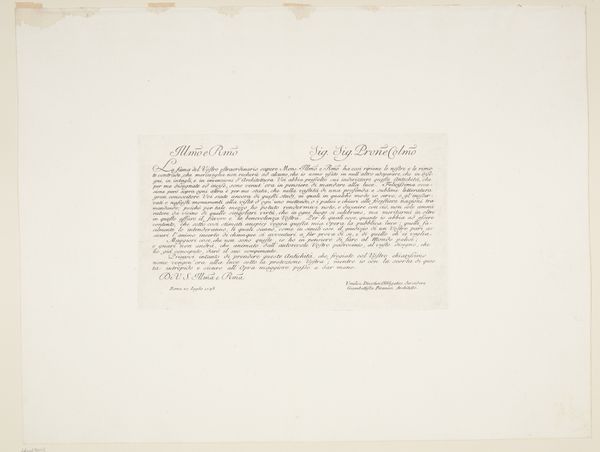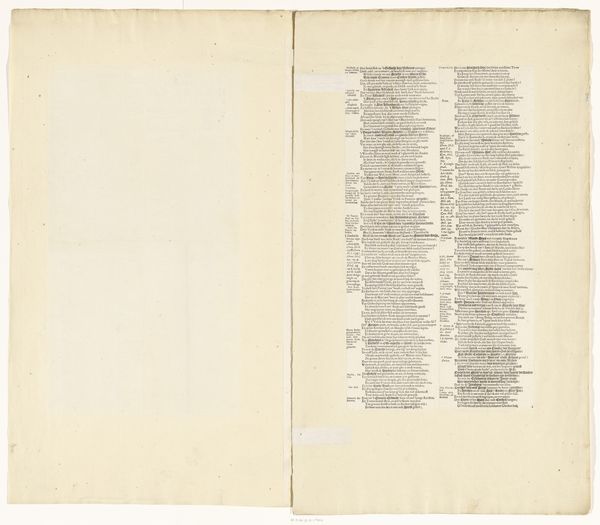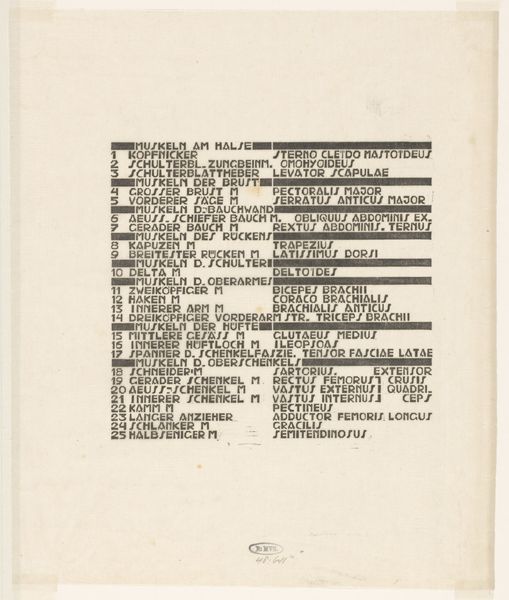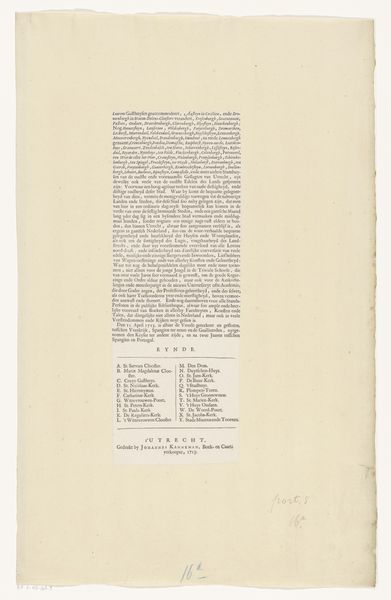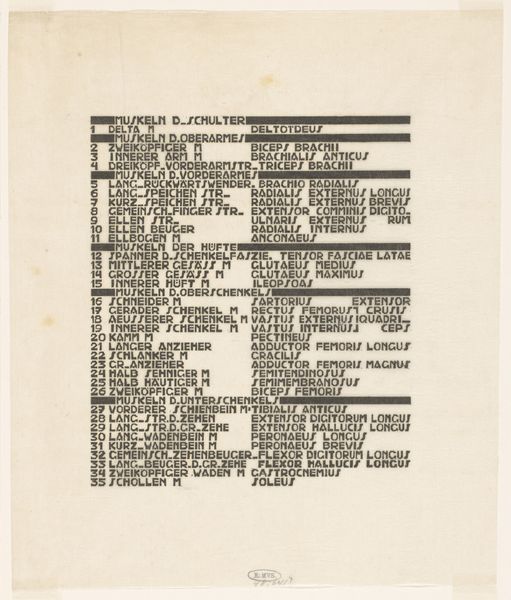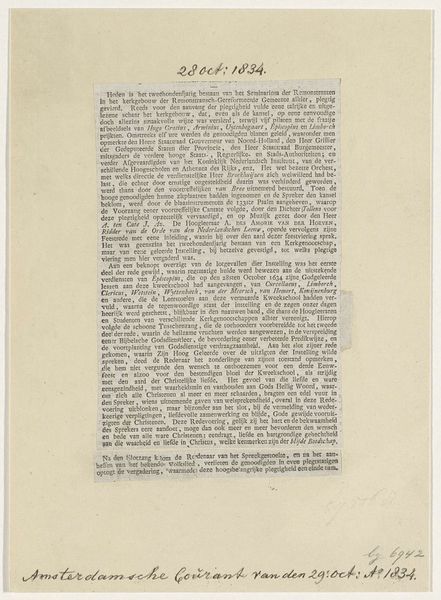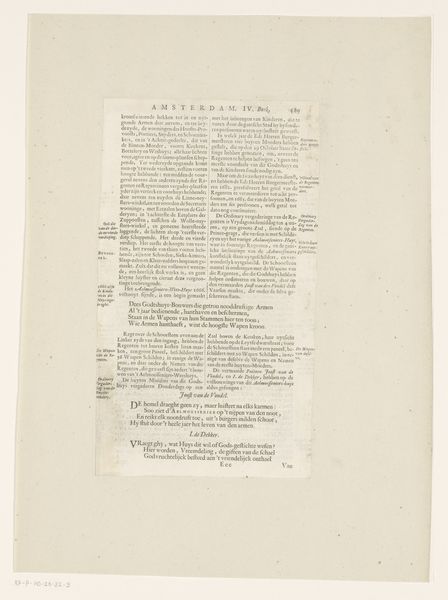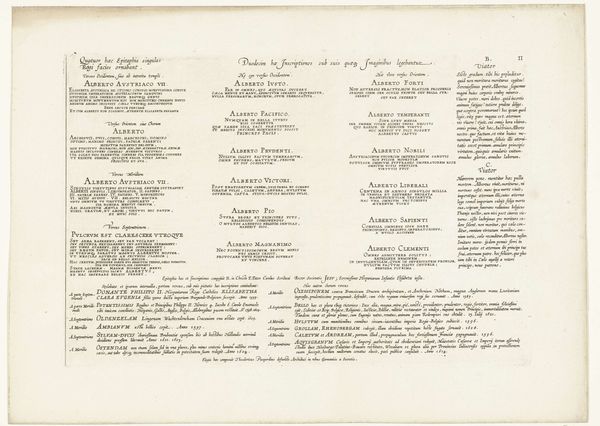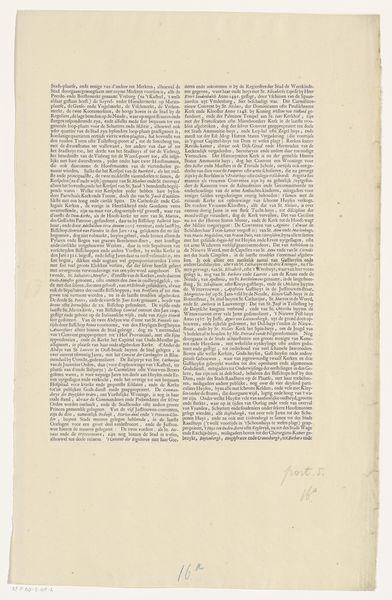
Transcription of various ancient Latin inscriptions 1759 - 1762
0:00
0:00
print, engraving
#
neoclacissism
# print
#
ancient-mediterranean
#
engraving
#
calligraphy
Dimensions: 167 mm (height) x 294 mm (width) (plademaal)
Giovanni Battista Piranesi created this etching, a transcription of ancient Latin inscriptions, in the 18th century. Note how the text is meticulously arranged, reminiscent of ancient Roman epigraphy, reflecting an enduring fascination with classical antiquity. The abbreviations like "IMP. CAES." for Imperator Caesar, and "S.P.Q.R." - Senatus Populusque Romanus, "The Roman Senate and People"- are powerful symbols. These emblems of Roman authority echo through history, reappearing in later political rhetoric and art. Consider how the eagle, another prominent Roman symbol, morphed into a heraldic emblem across Europe, signifying power. Such symbols evoke a profound, often subconscious, connection to the past. The act of memorializing inscriptions serves as a potent link to ancestral memory, a way of preserving the past that triggers a deep emotional response. The Roman's desire for legacy, to leave their mark on history, reflects our own longing for meaning. In a way, Piranesi here isn't just documenting inscriptions; he’s inviting us to participate in a timeless dialogue with the past. These symbols have resurfaced, evolved, and taken on new meanings across time, demonstrating culture's non-linear progression.
Comments
No comments
Be the first to comment and join the conversation on the ultimate creative platform.

